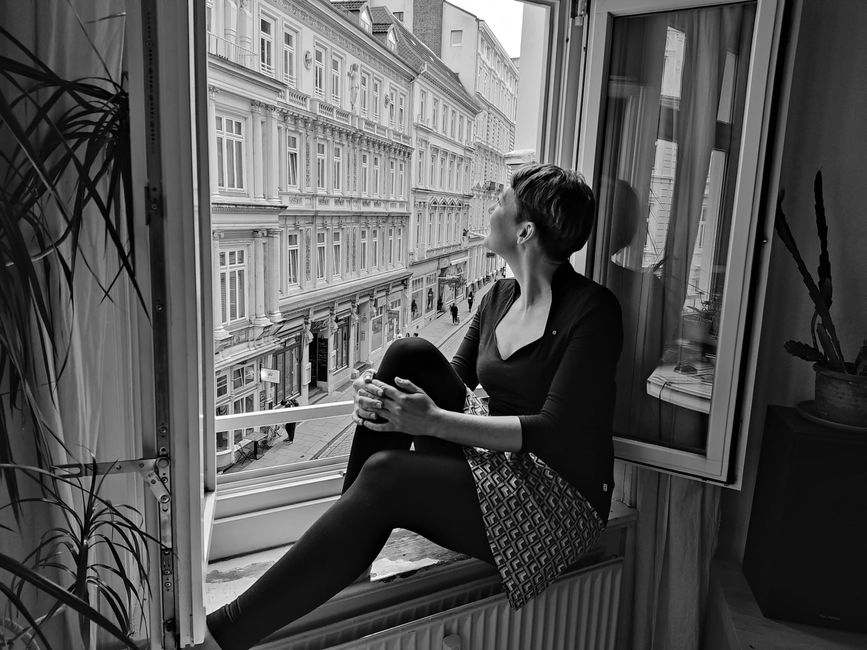Human Rights Museum, the Museum of Human Rights in Winnipeg
Objavljeno: 18.08.2023
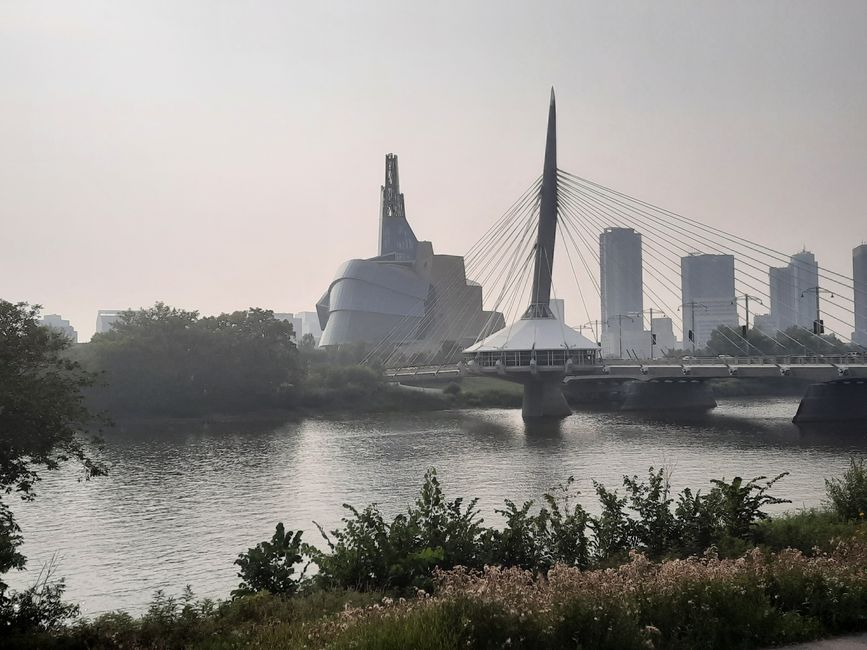
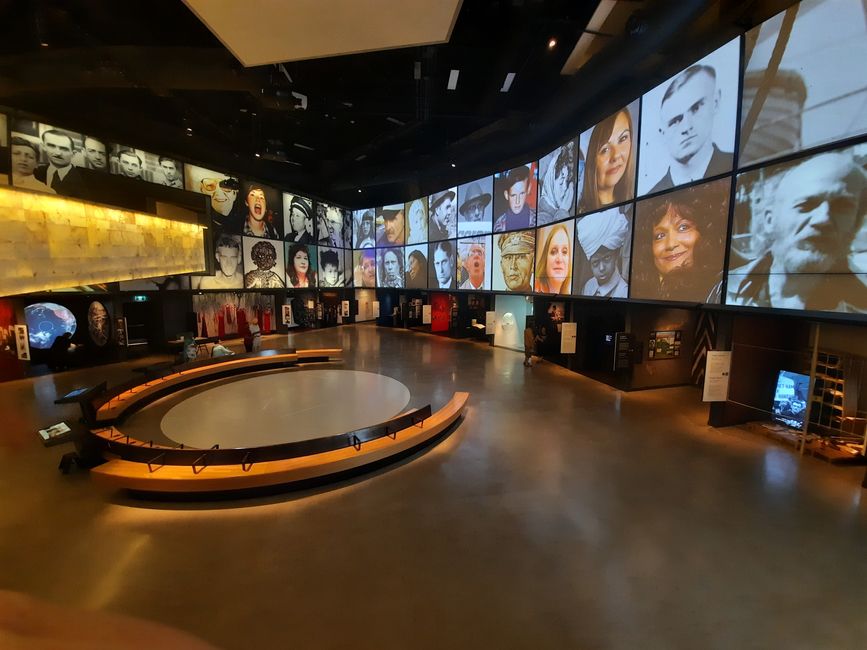
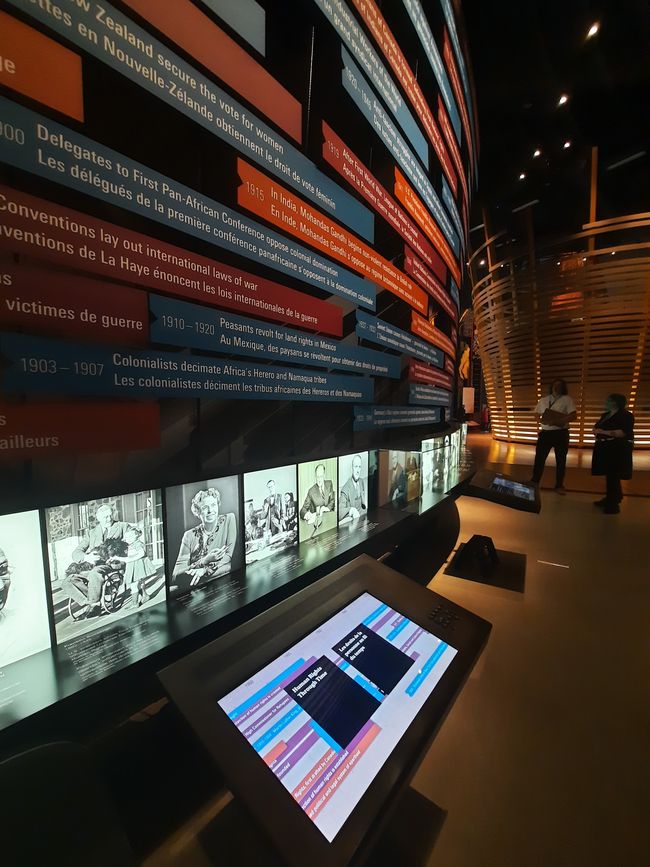
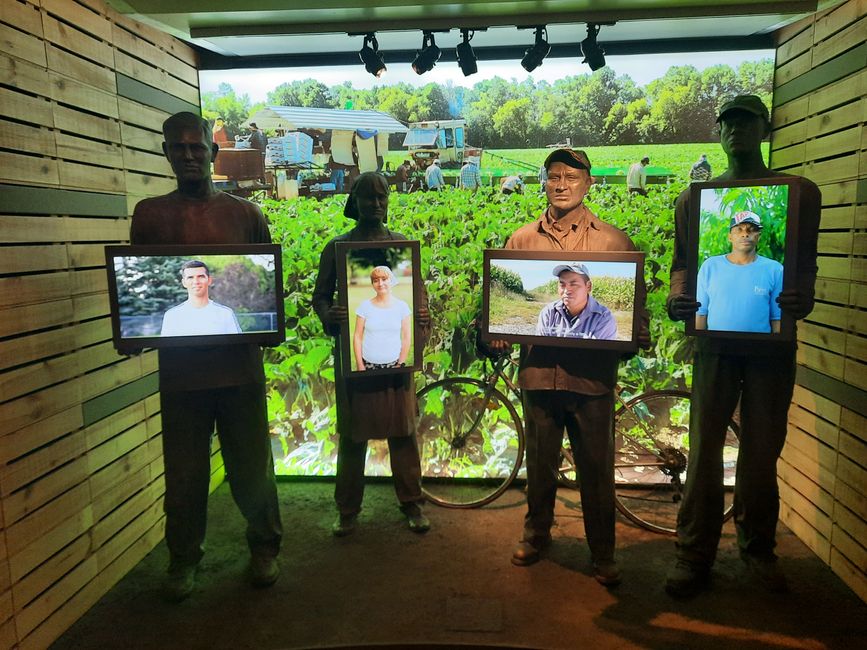
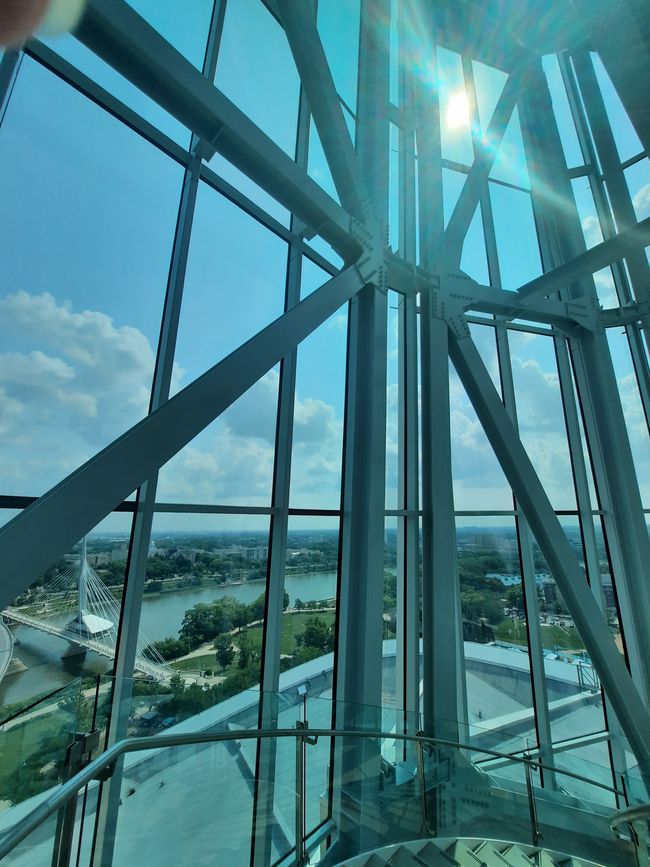
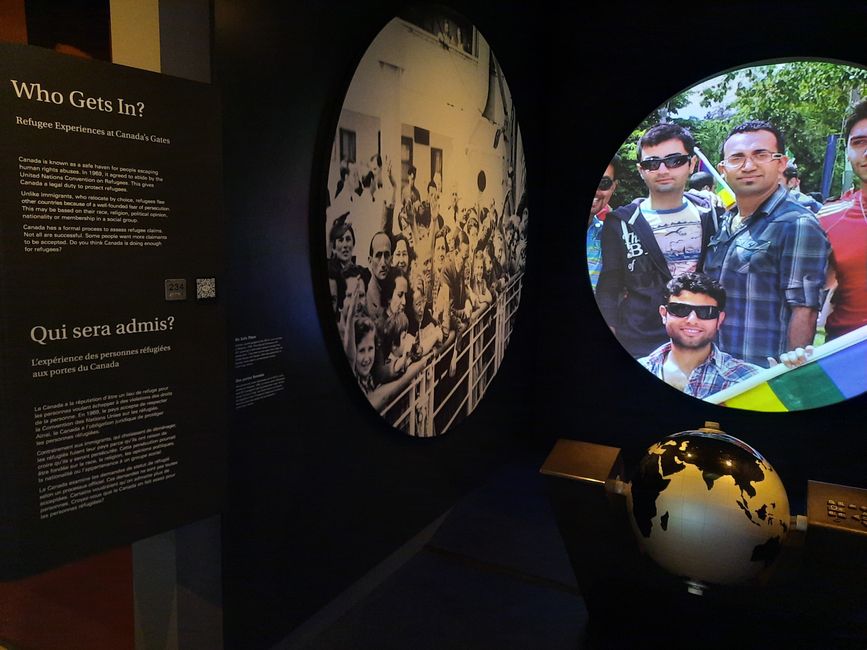
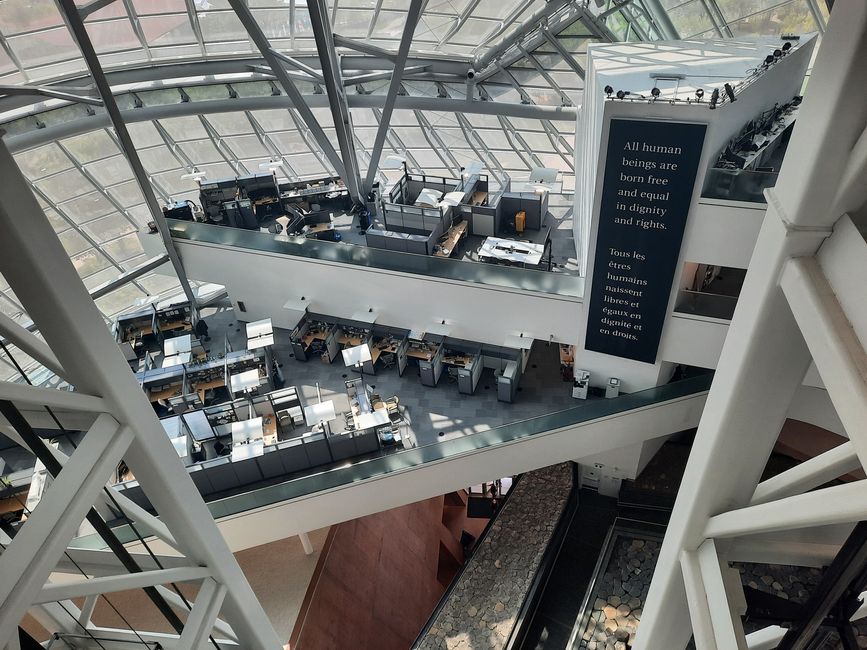
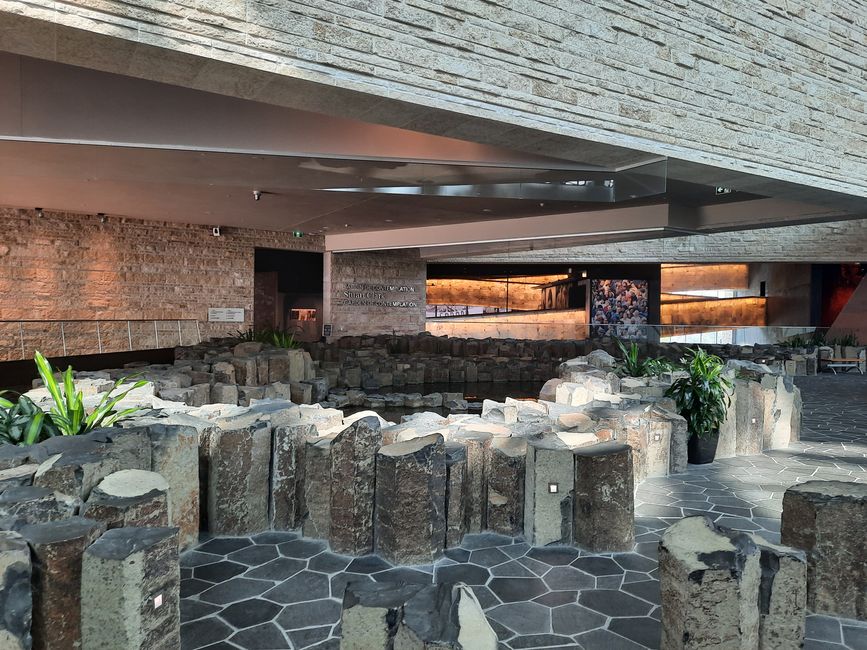
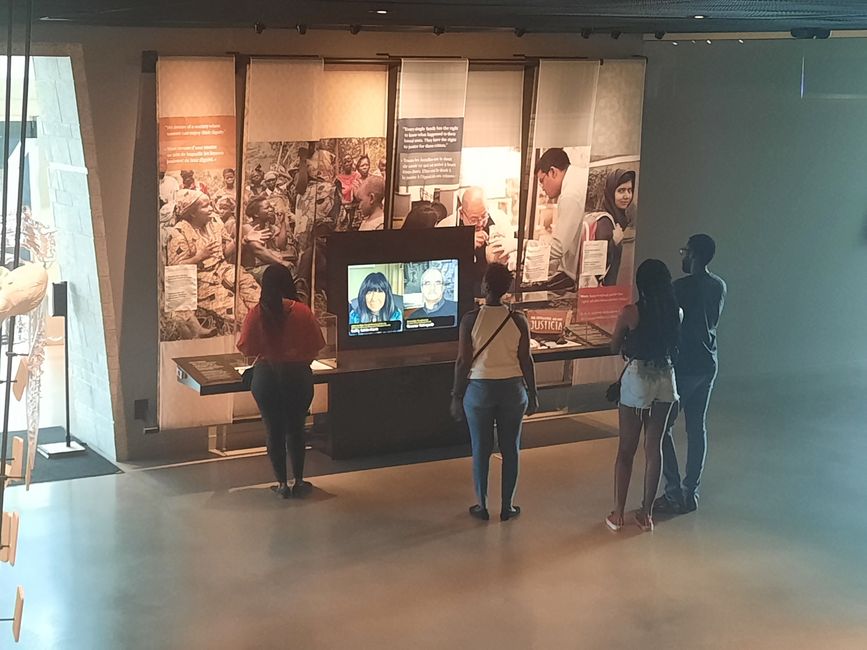
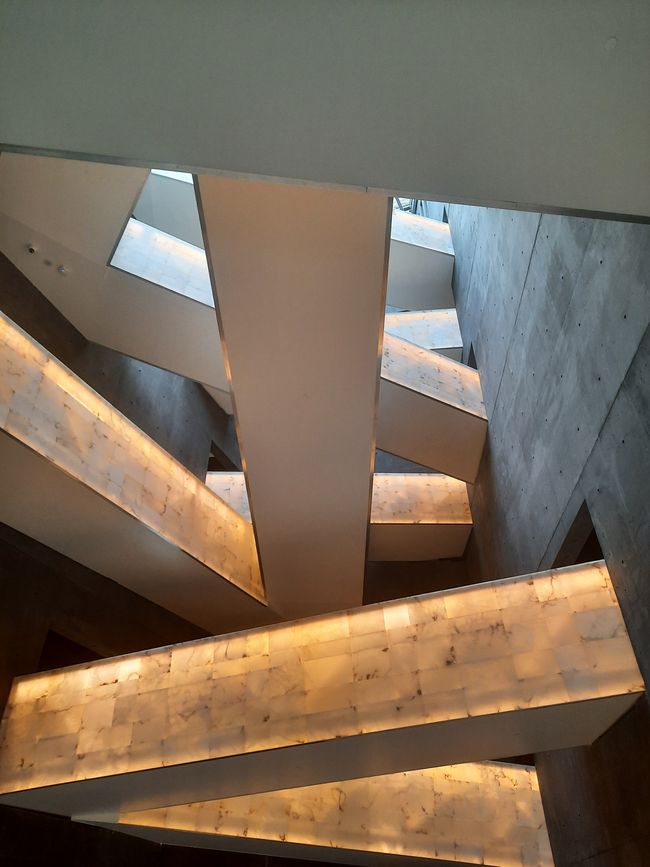
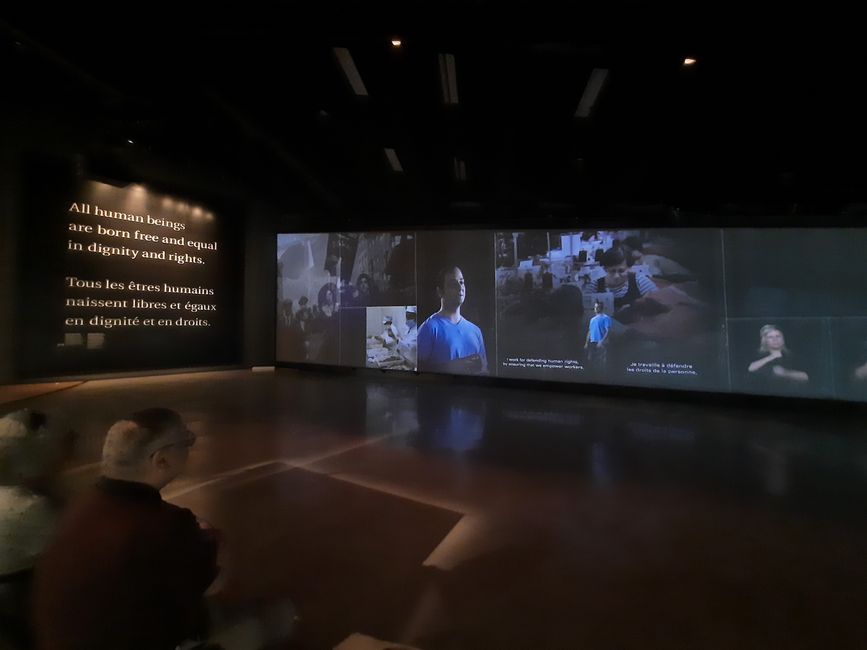
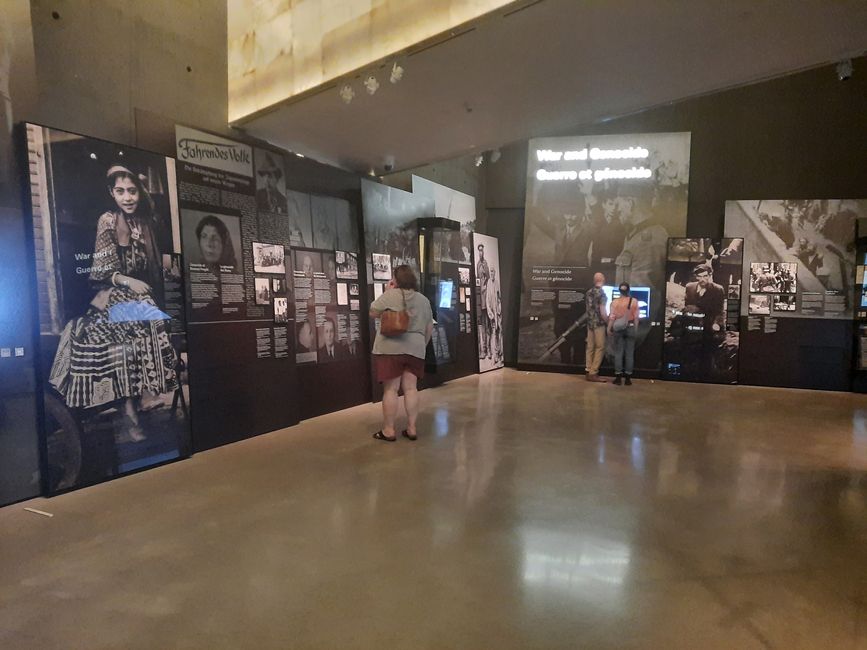
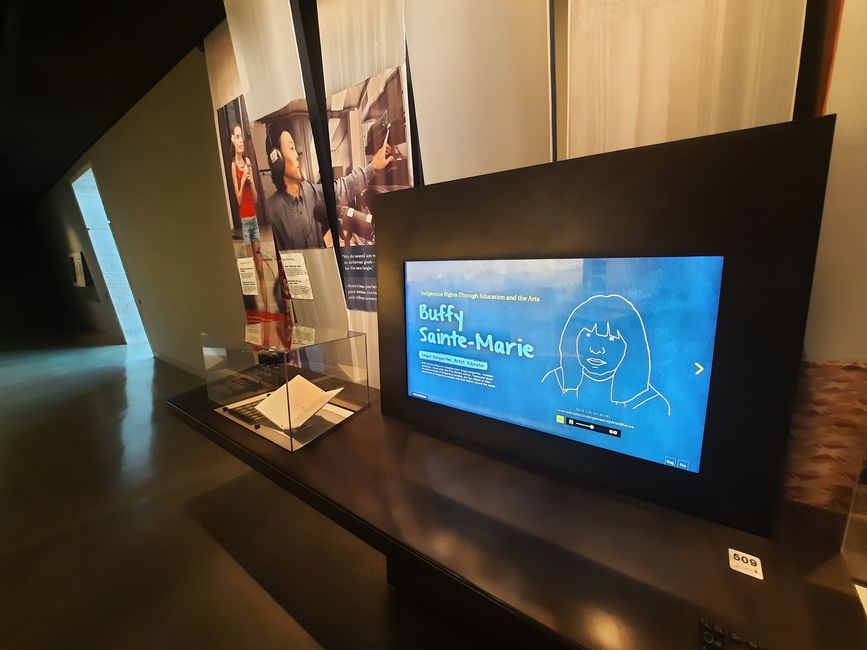
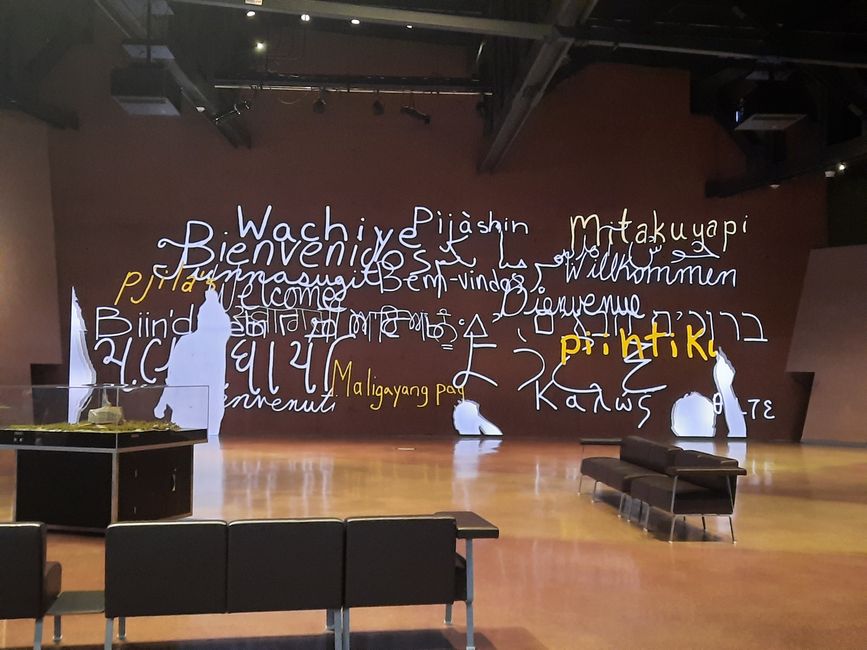
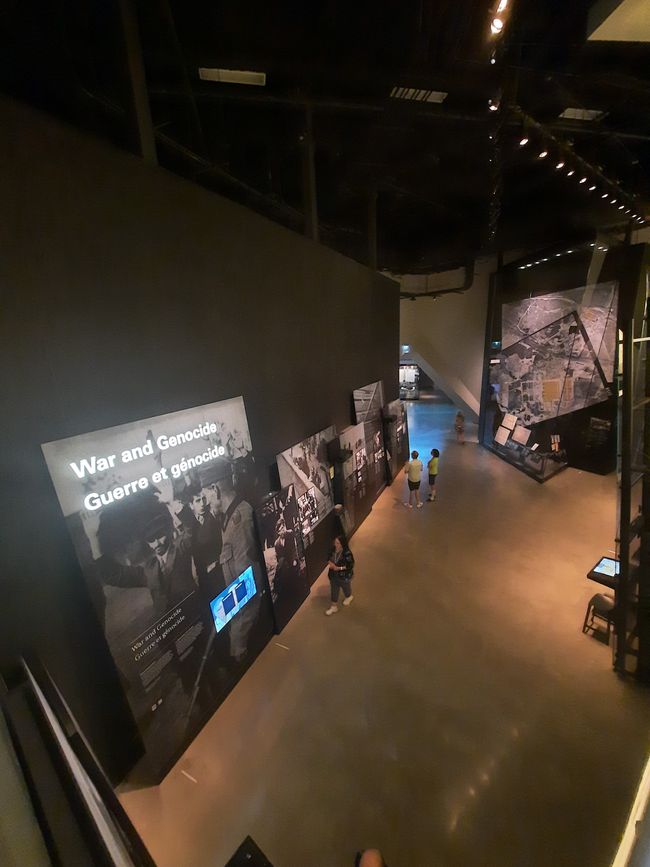
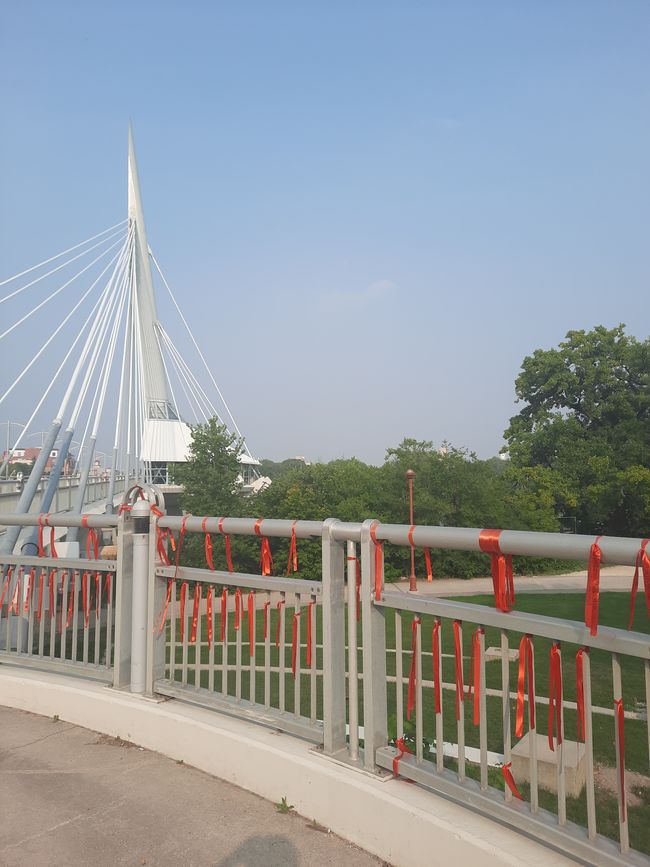
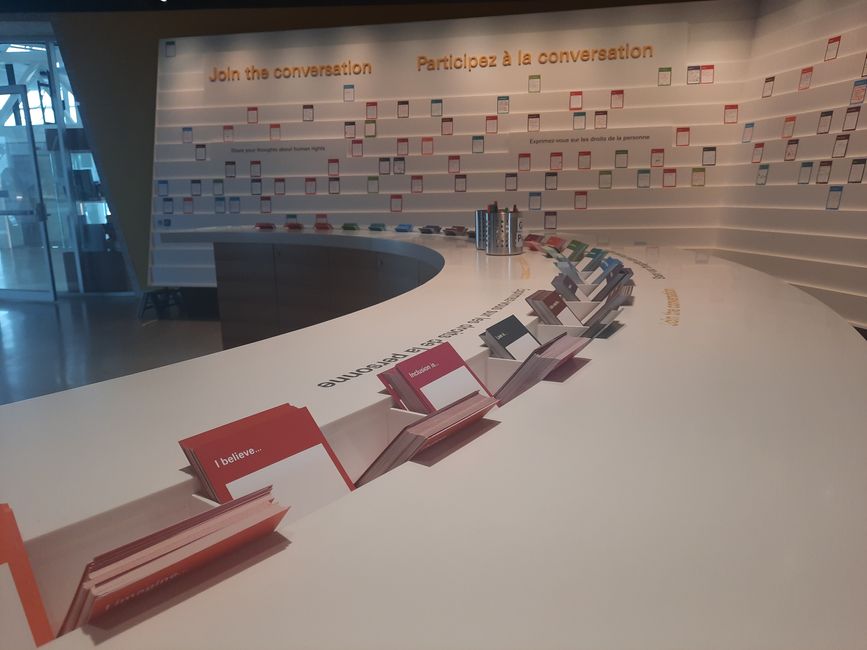
Naročite se na glasilo
This is not an exhibition. And not a museum either. This is an art piece, a work of art, and in many ways.
Someone had visions here - that is clear in the architecture of the building. It is impressive. The museum is huge and has a lot of space: long corridors, paths, light, and on the third floor, a stone garden for resting and reflecting.
The exhibition or exhibitions are large and diverse, with enormous input, especially in the digital deep dives.
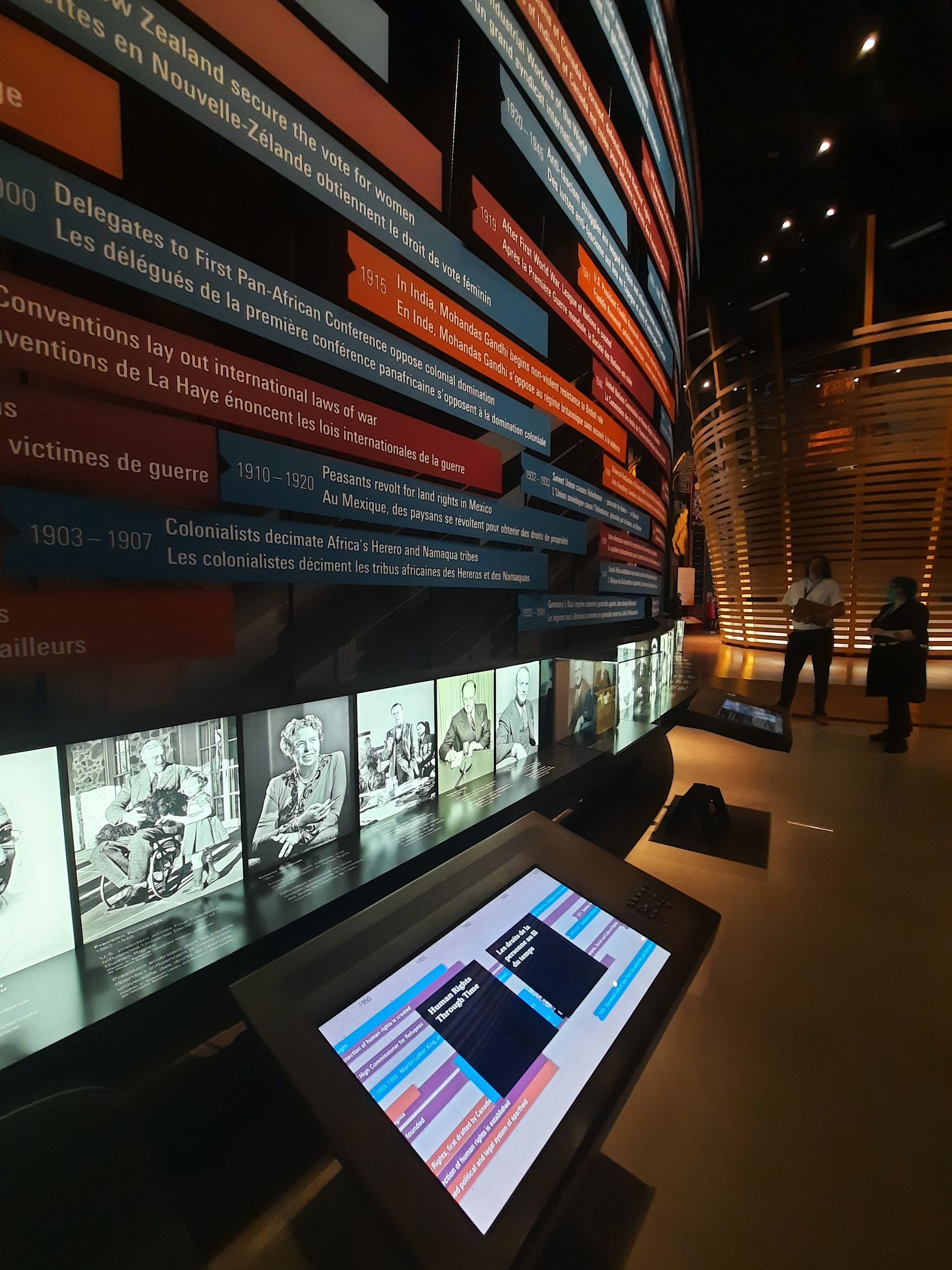
The amount of information is enormous and in many parts very exciting - and overwhelming; it involves many groups and a long historical period. The size of the building and the individual exhibition areas alone are impressive - without me being able to estimate what is missing or what other topics are needed. The Cold War seems to be rarely mentioned. After about three hours - first visit and getting an overview - I am quite exhausted. For the second visit, I took about three hours again - of which I spent one hour in the garden - and made phone calls :D.
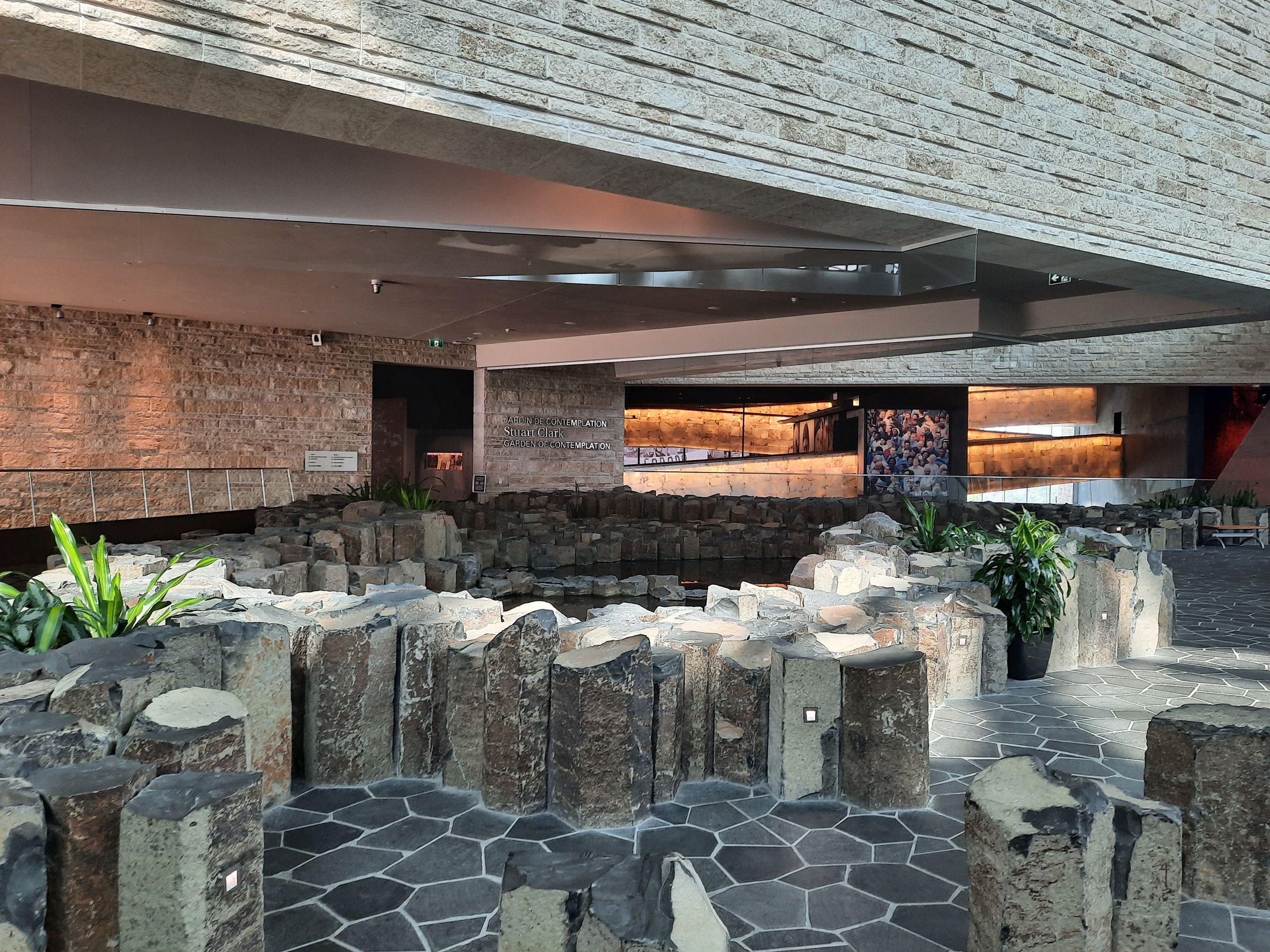

At the end, the visitor is rewarded with a panoramic view of Winnipeg from the "Tower of Hope" with additional levels.
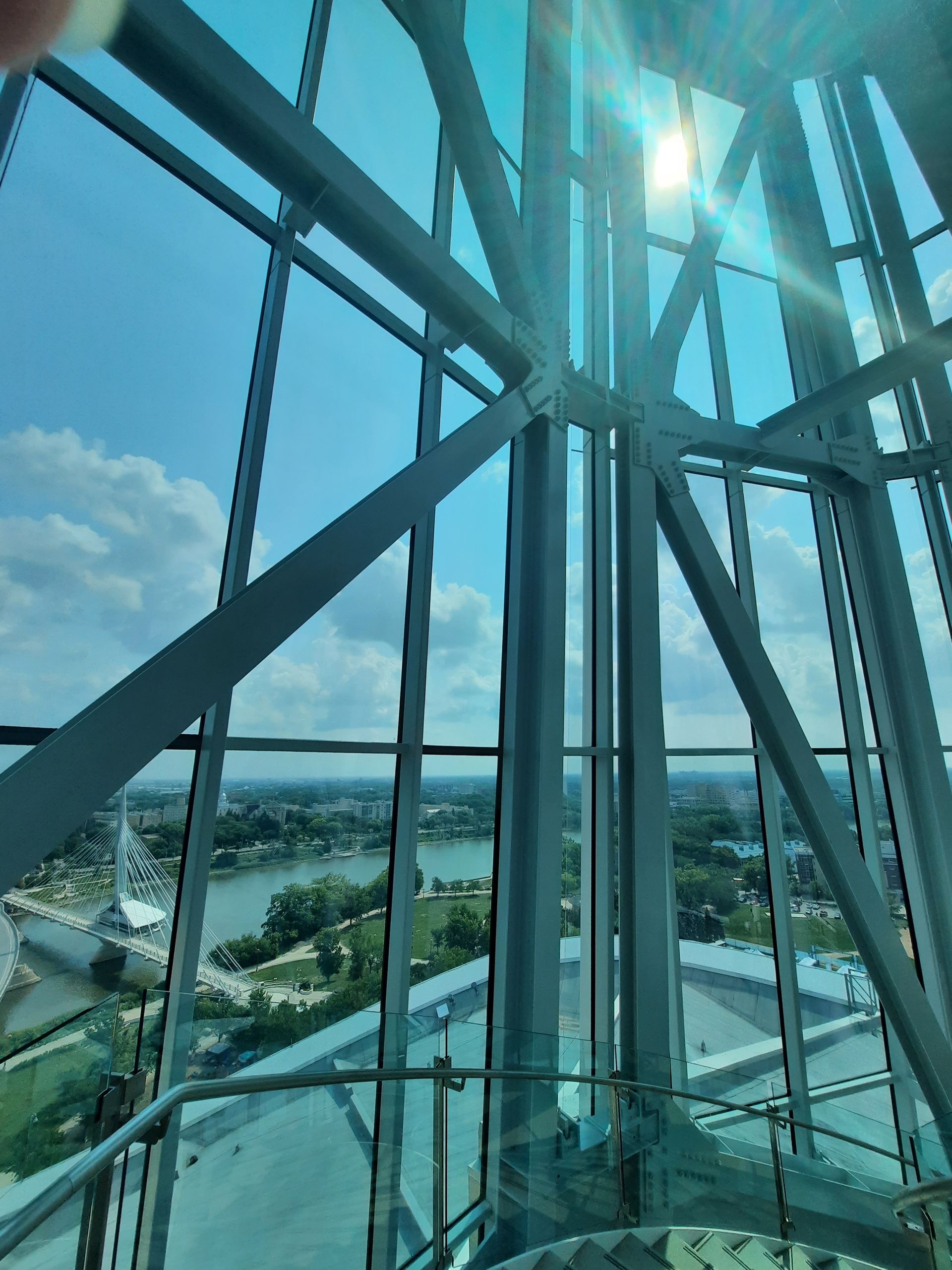
This is a museum, really a delight for museum lovers and not just for exhibition freaks. - In recent years, as well as during the development process, there have been many conflicts, which will be discussed below, but this is just a brief note. -
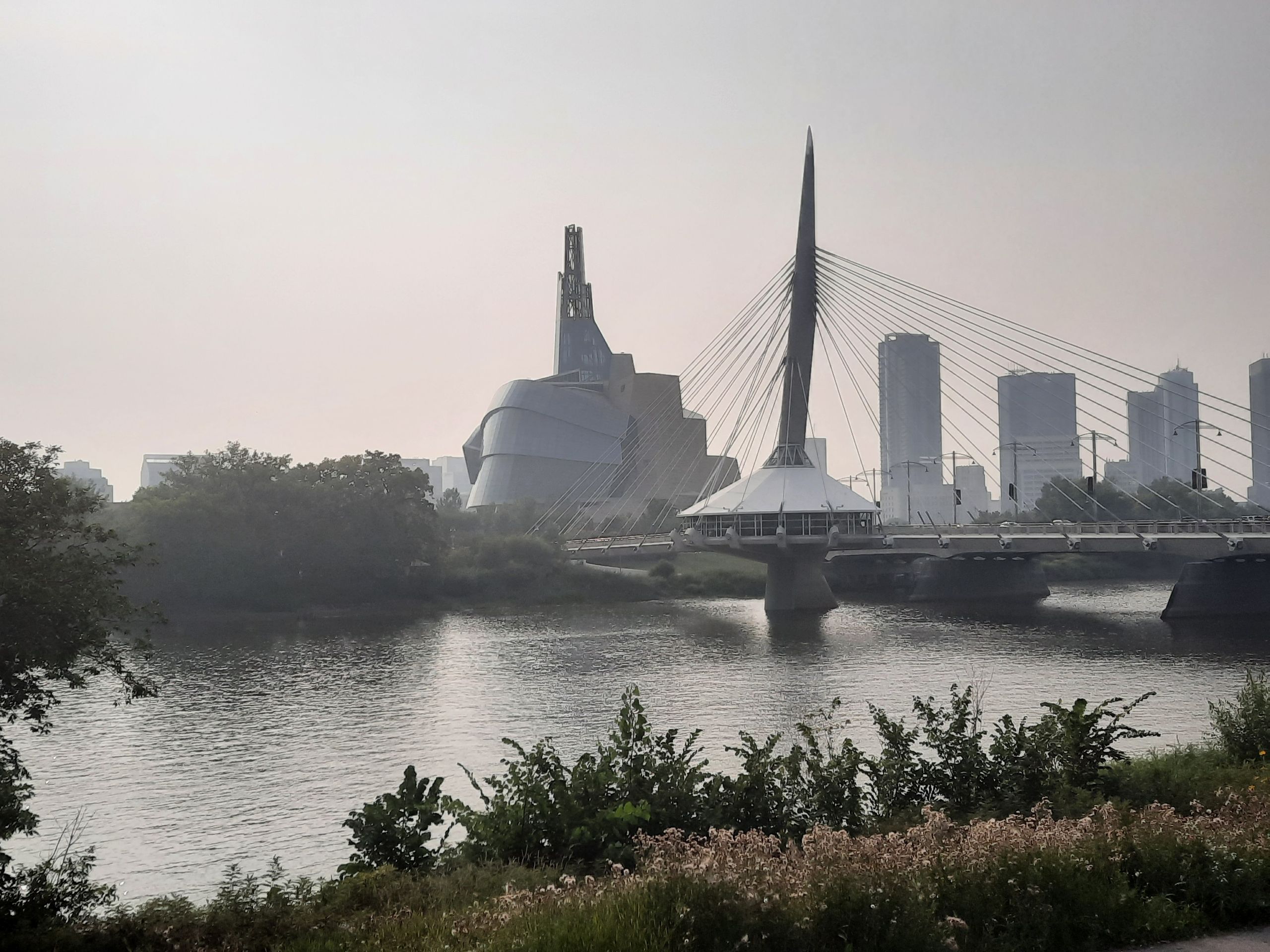
I like the many larger and smaller film stations and perspectives. The filmic-artistic welcome is great, alternating between English, French, and the language of the Inuit, it is about what human rights mean for different Canadians.
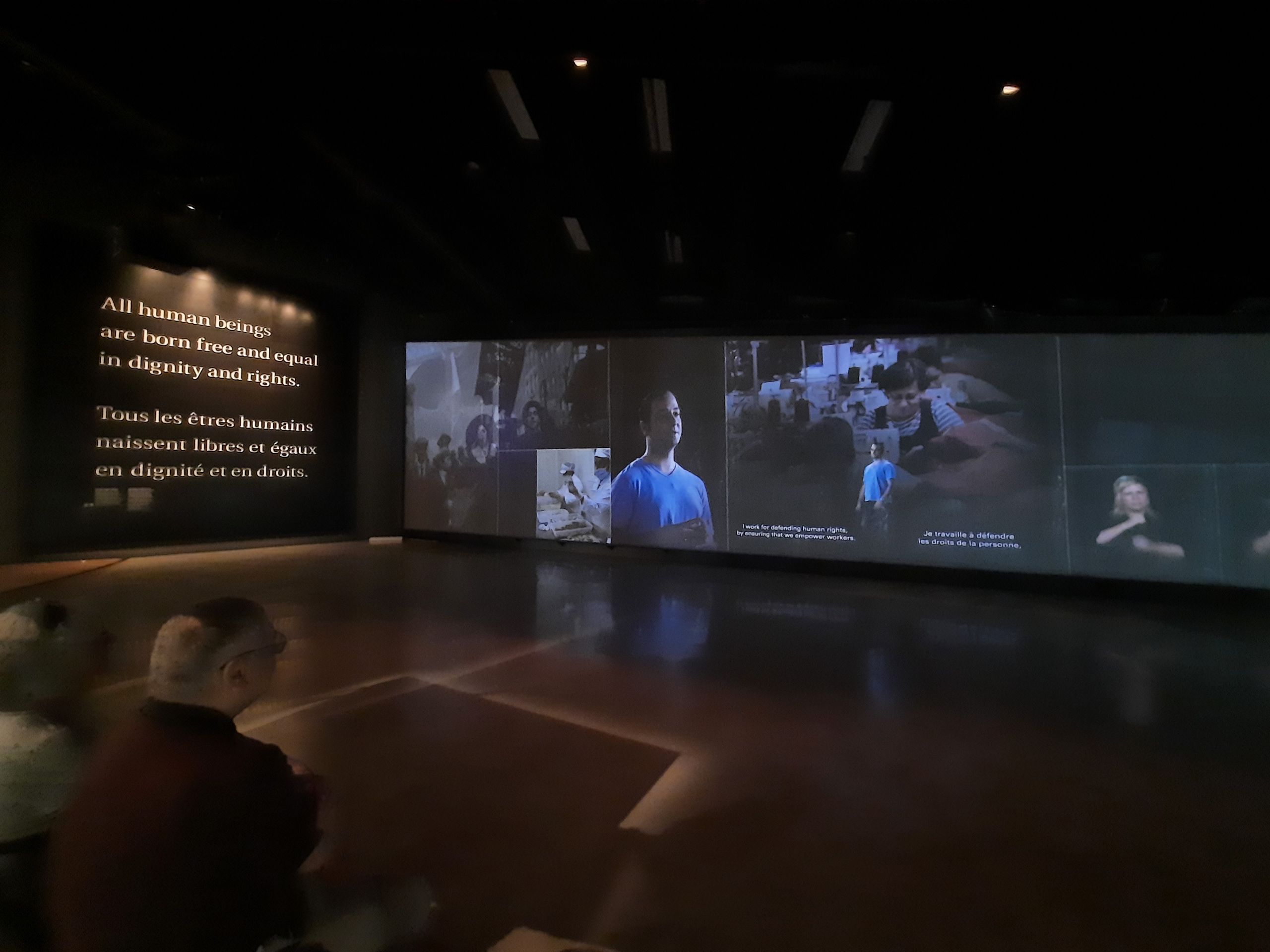

The exhibition primarily consists of perspectives and people, one can see portraits, faces, and groups of people literally and metaphorically everywhere. It's about people who were born in Canada, who came here, who fled, who emigrated, or who are only here for temporary work. And also about what has not gone well in Canada's history.
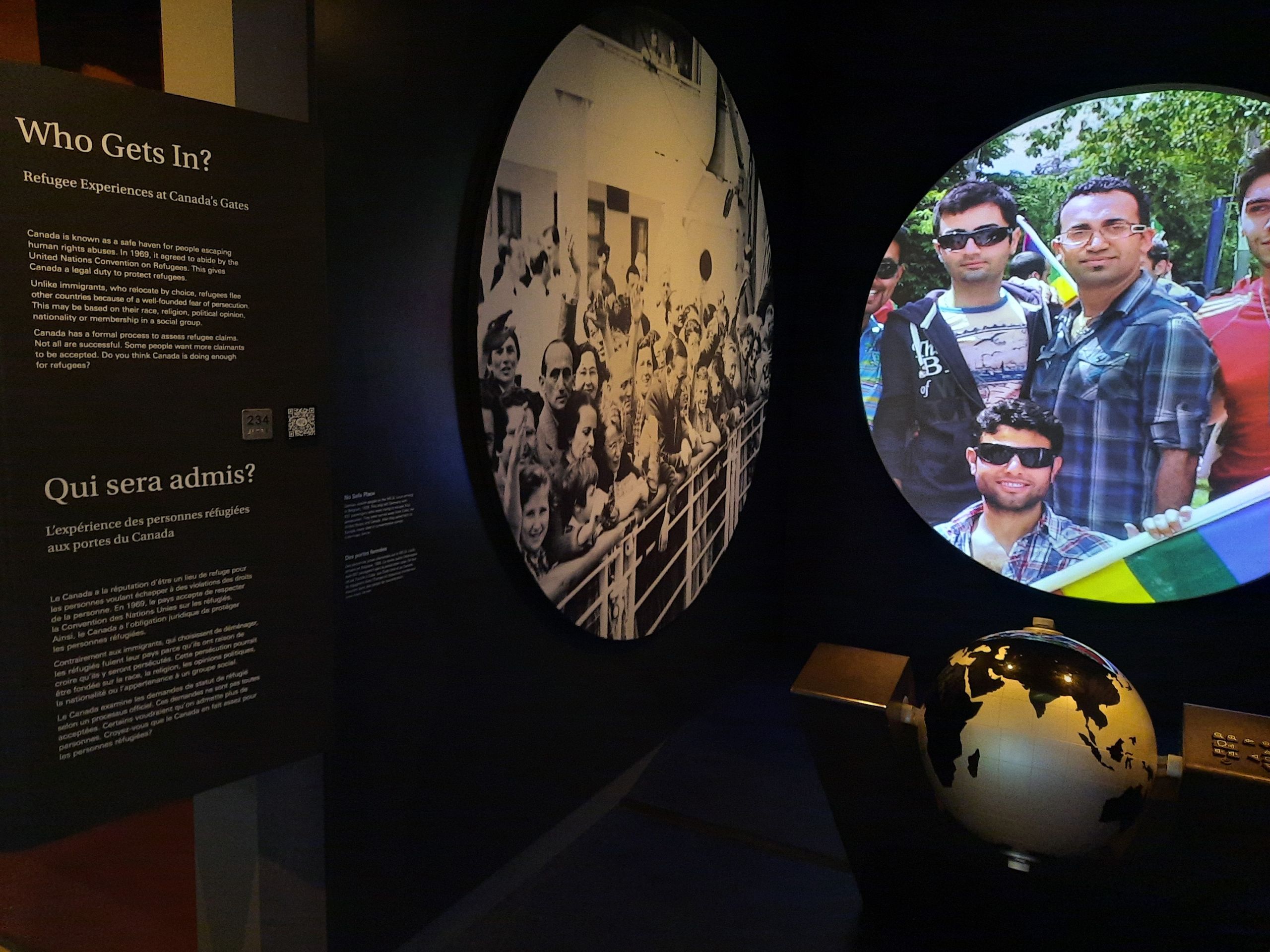

I found the exhibition parts on the stolen children and "school missions" for indigenous children and the part on ongoing discrimination very impressive.
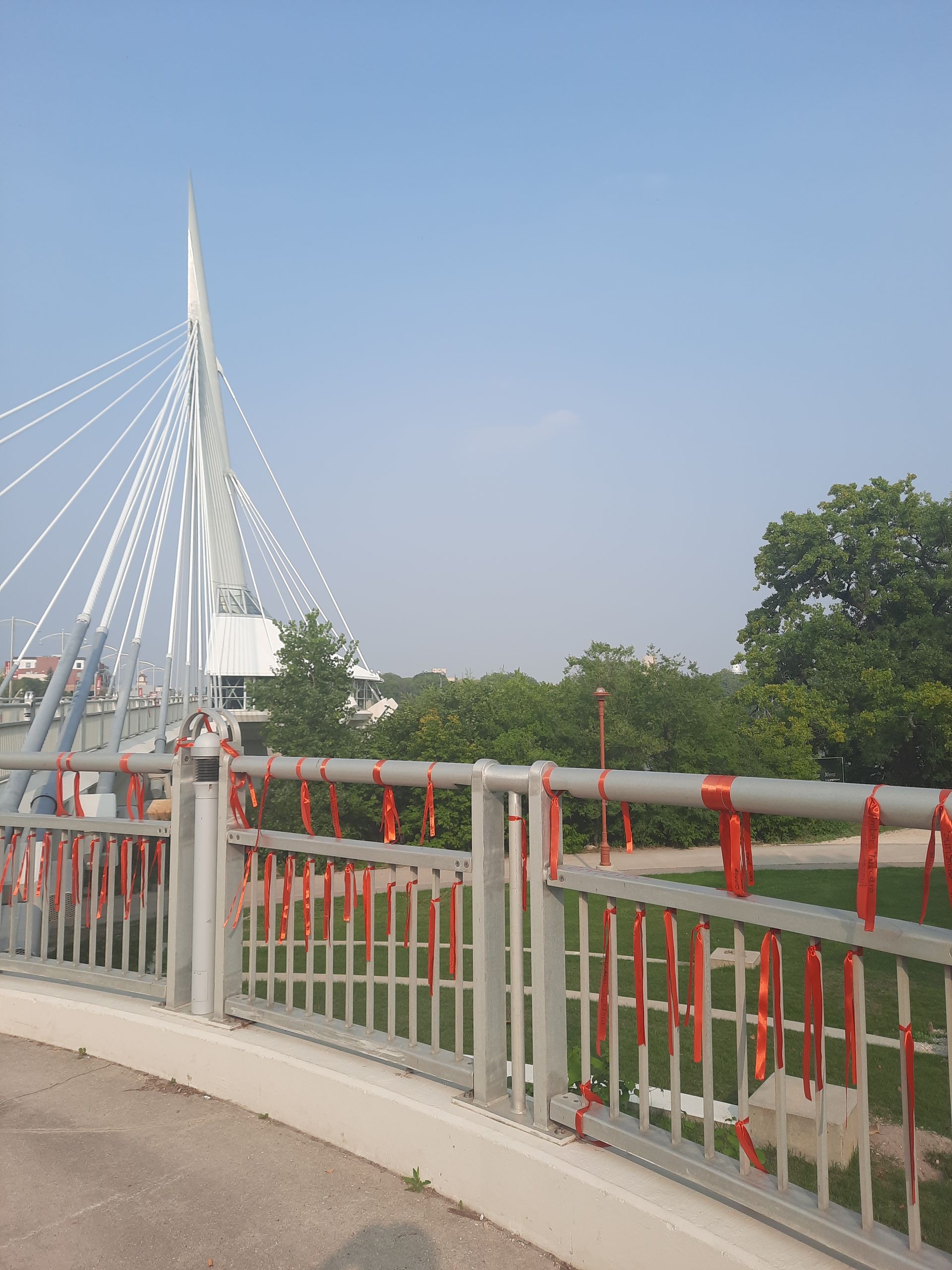
I found the video installation on people who come to Canada for seasonal work, work their fingers to the bone, and spend most of the year not with their families, but in North America on farms, to be fascinating. Their payment and working conditions are often poor, their perspectives are rarely heard, many speak little English or French.

A larger part is dedicated to the Holocaust exhibition, which, however, is very classic and conservative in black and white and I did not find it particularly innovative. It was striking (also in pictures) that in the rather manageable space, many other groups of Nazi persecution were also prominently presented.


In the center of the gallery - cut off in the photo unfortunately... it would be on the right side - there is a glass film room that is intended to remind of the Reichspogromnacht 1938. In about 14 minutes, Canada's history, anti-Semitism, and Canadian politics towards - or rather against - Jews are reported. One version is in English, the following one in French. I found this film well done and it brought the topic, which is both historically and in terms of distance "far away", well to Winnipeg.
I got lost - in a positive sense - in the many video and interview stations: about the Holodomor in Ukraine 1932/33, the Turkish genocide of Armenians, Srebrenica/Bosnia,... Looking back, I realize that I got stuck mainly in the "middle of the building" and spent a lot of time there on "European topics" - was it because of my own (too pronounced) "European glasses", my research interests, or because these topics were simply much more present and detailed than others? To check this, I would have to go a third time.
A smaller area, but very personal, were stories of different Canadians today (or as of about 2014/opening of the museum). Why do they engage in human rights and what motivates them? What was the starting shot, when did they start to doubt? Here again, there are large video stations in which short interview sequences alternate with sound and photo material as well as drawings and short texts.
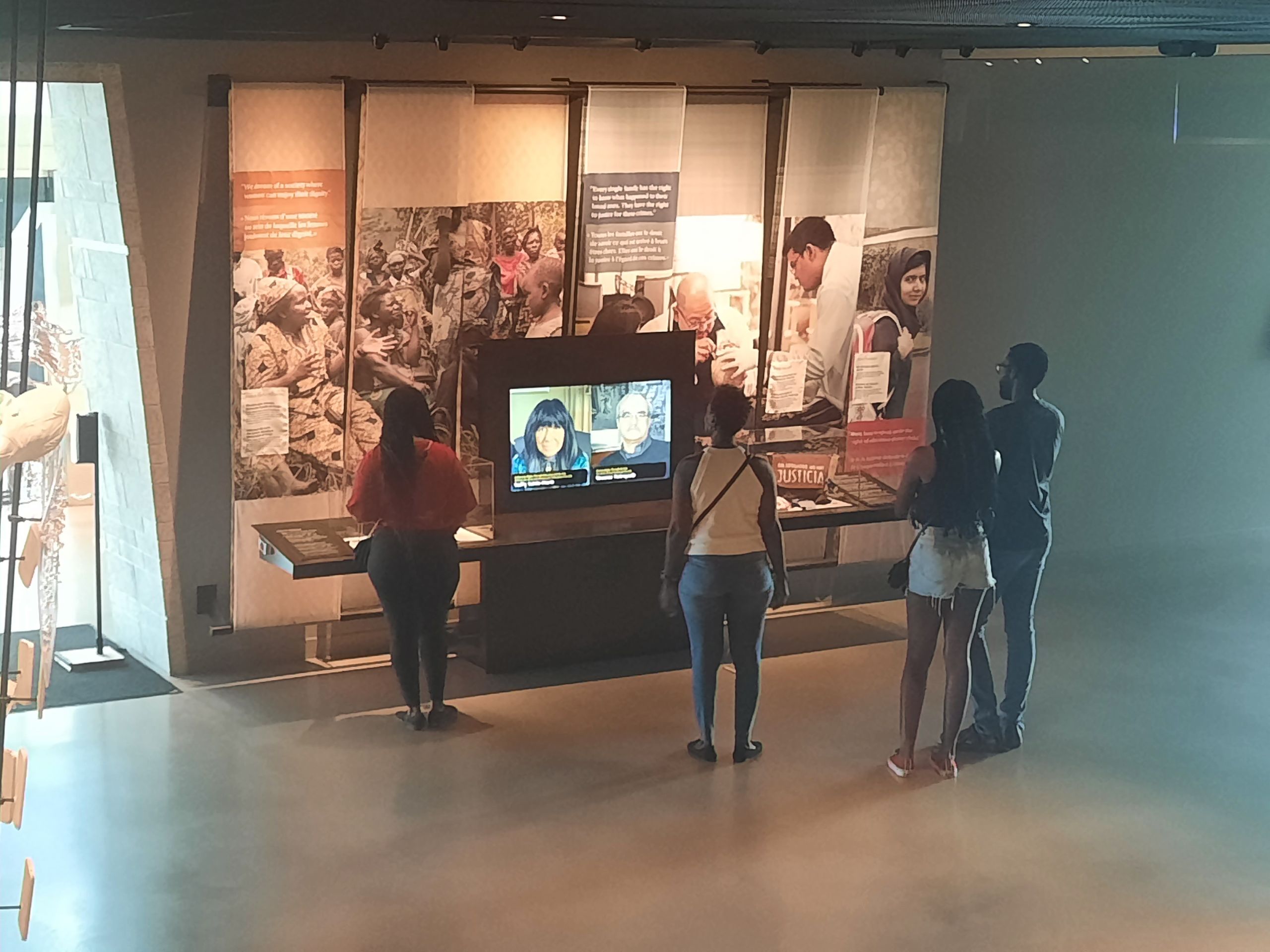
There are also interactive stations, both digital and analog, on the intermediate floors.

One of my favorite features was being able to look directly into the office units of the museum staff - open-plan offices, everything open. I think it takes getting used to work there, but as a visitor, I thought it was great. The employees are not doing something unknown behind walls or closed doors, but in a metaphorical sense, there is direct contact. Also in the museum - in all rooms, the guides approach the visitors, are ready to answer questions. I really like that and think it makes a museum, an exhibition much more human, approachable.
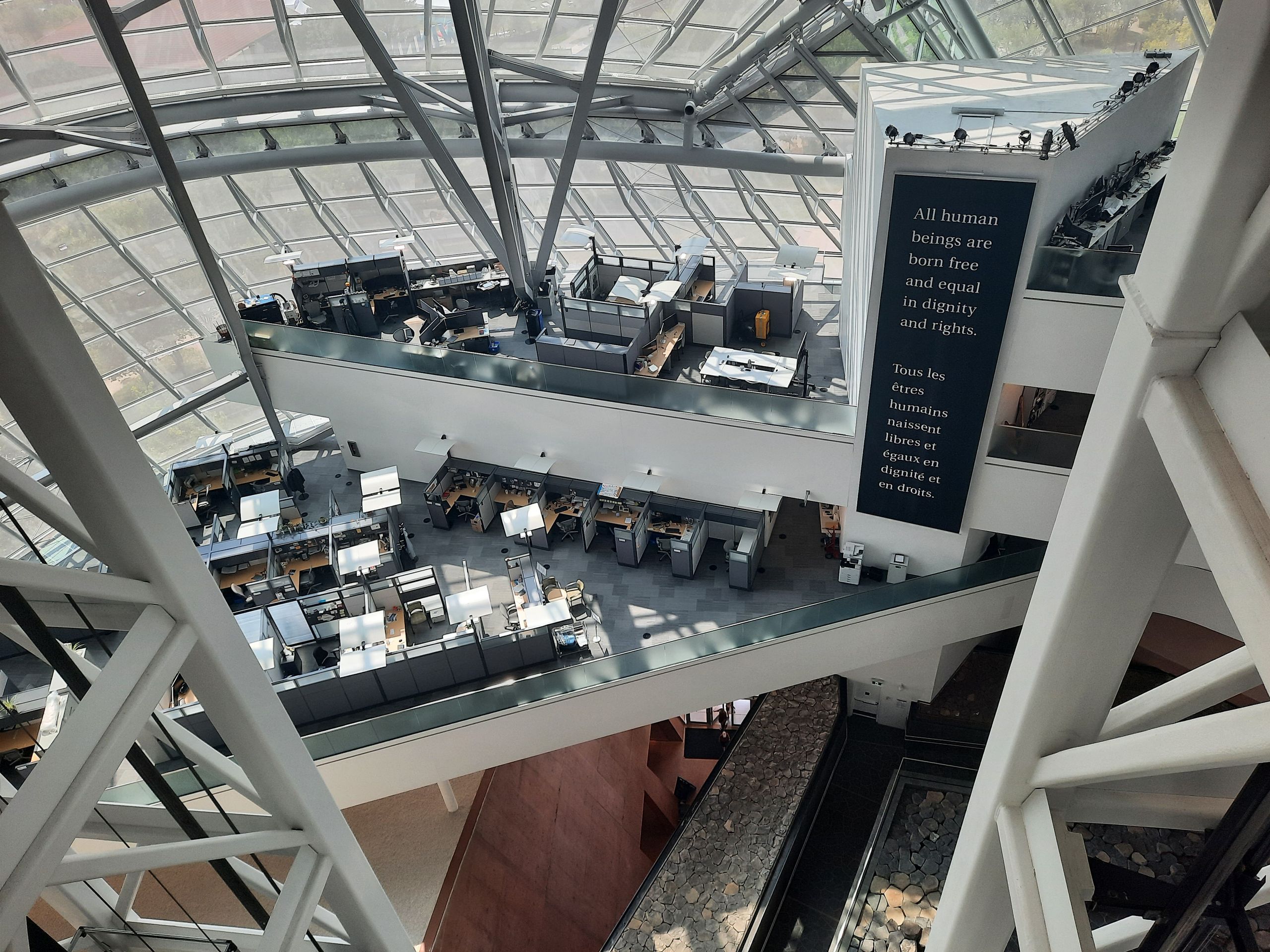
Then it was already 5 p.m. and the museum closed. I have the feeling that even after two visits of about three hours each, I could easily go there again. But which visitor would go to the same museum three times in two weeks...? Not many, so in many places, less would have been more.
Criticism
The Human Rights Museum is definitely a highlight in Winnipeg, but I also noticed the sometimes louder, sometimes quieter criticism of the building. I already heard about the discussions about the museum in Toronto before its opening. It mainly concerned how the weighting and representation of Canadian crimes against indigenous peoples, Soviet crimes against people from Eastern Europe who then emigrated to Canada - this especially concerned the Holodomor (man-made famine, especially in Ukraine in 1932/33) - and the exhibition on the Holocaust should look like. The original idea was to build a Holocaust museum, then the project was expanded thematically. If you want to know more about the development process, I recommend, for example: https://uofmpress.ca/books/detail/the-idea-of-a-human-rights-museum
The huge museum opened its doors in 2014, but not everything was finished, many galleries remained closed. The whole project was much more expensive than originally planned. Protests accompanied the opening ceremony: Some groups were outraged that their stories were not represented and accurately presented and that they were not involved in the development process. As a result, there were (presumably) some revisions. A significant criticism from "museum and exhibition people" from the academic field was that the museum had avoided conflicts in many aspects. For some, it is too much focused on the presentation of (actual and supposed) role models - how should the visitor behave.
In 2020, the museum was again in the international press. Former employees made racism and sexism in their own house public and criticized that what the museum was supposed to stand for - namely human rights - was just a phrase. It was also revealed that at the time, the management had instructed their staff for a long time to completely avoid certain topics with selected groups. For example, debates about the right to abortion or about gender identities and sexual orientation should not be mentioned in tours with conservative or religious groups.
One can spend a very long time in the museum and it is worth a visit. Regarding the scandals, people here in Winnipeg tell me that they haven't heard anything for years.
Directly opposite is Forks Market, originally a very old meeting place for indigenous peoples and today a new hip area in Winnipeg for eating and drinking. I honestly and without exaggeration had the best apple pancake of my life at the Pancake House. And now I'm considering whether or not to actually visit this 'German Pavilion' at Folklorama, the Winnipeg Cultural Festival. After testing the two (almost competing) Ukrainian pavilions and the invitation to the Polish one is still pending (tomorrow), Ukrainian people asked me for my assessment of the German presentation at the Cultural Festival...
I am undecided and expect something like a strange Oktoberfest in Canadian August, which would pass as overall German culture. I can't imagine that they will serve Matjes herring sandwiches there...
Naročite se na glasilo
Odgovori

Poročila o potovanjih Kanada

